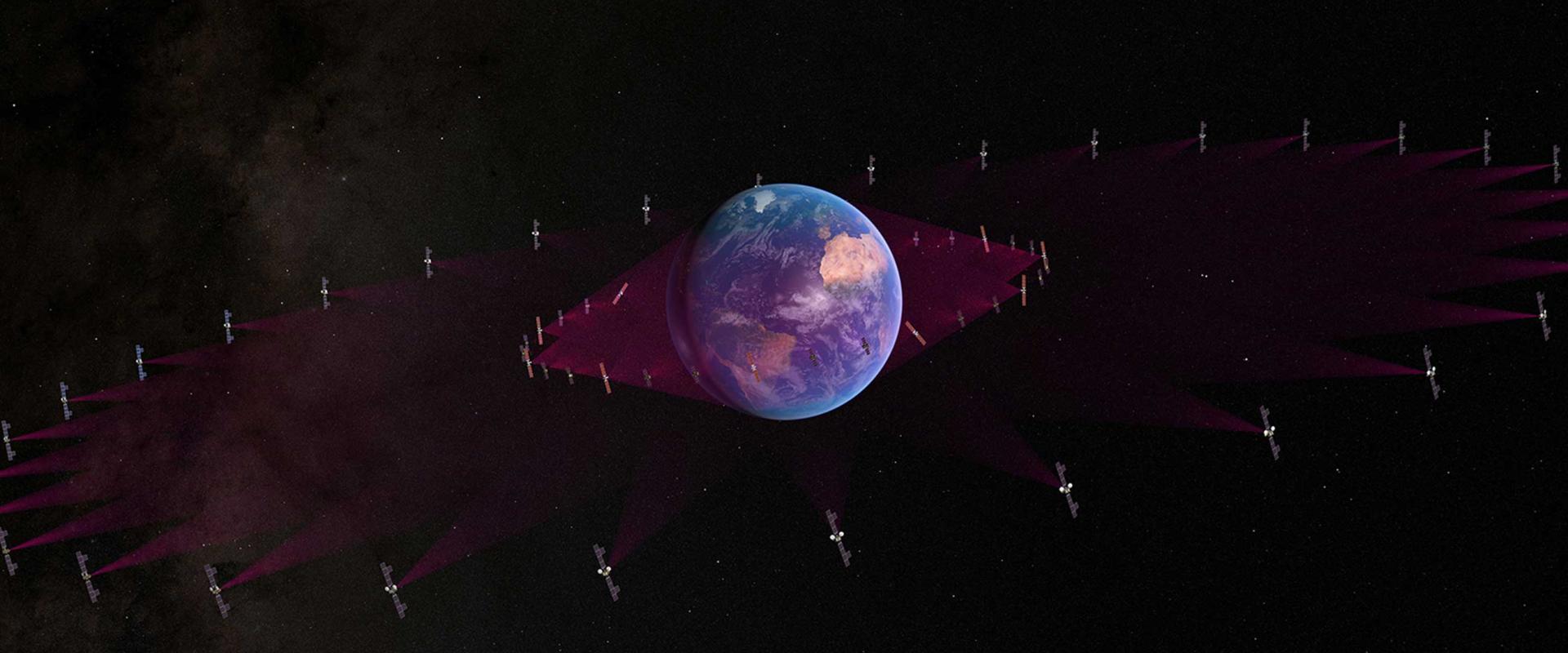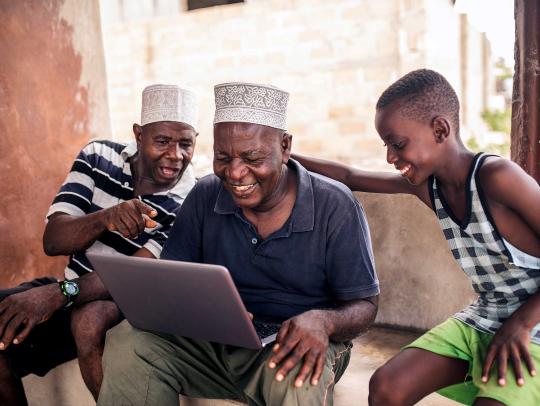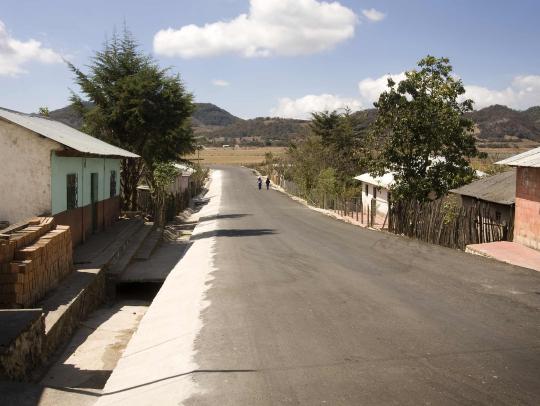WRC-27: Maintaining the Delicate Balance Necessary for the Continued Success of all Satellite Systems

- Author
- Anna Marklund

WRC Affairs
In SES’s view, it’s necessary to continue building upon well-established regulatory practices while also considering evolving technologies and operational models that may offer new opportunities for efficient spectrum use
The study cycle for the next World Radiocommunication Conference in 2027 (WRC-27) is well underway. In April-May, the city of Shanghai welcomed national delegations and sector members from all around the world during the Working Party (WP) 4A, 4B and 4C meetings.
WP 4A and 4C not only received over 350 input contributions combined but also made evident the need to continue approaching technical and regulatory discussions constructively with responsibility and an open mind. This is imperative to find ways to further explore regulatory improvements cautiously while maintaining the delicate balance necessary for the continued success of ALL satellite systems.
Balanced and adaptable regulatory approaches
A great example of these collaborative efforts and fruitful discussions was related to WRC-27 Agenda Item 1.2. This Agenda Item studies possible revisions of sharing conditions in the frequency band 13.75-14 GHz to allow the use of uplink fixed-satellite service (FSS) earth stations with smaller antenna sizes. Studies related to this Agenda Item so far indicate that, from a technical perspective, sharing is feasible under appropriate regulatory conditions. The studies reflect constructive progress and provide a solid foundation for continued work within the International Telecommunication Union (ITU) framework.
In SES’s view, it would be beneficial for the ITU membership to continue its detailed examination of sharing and compatibility scenarios. This includes building upon well-established regulatory practices while also considering evolving technologies and operational models that may offer new opportunities for efficient spectrum use.
Future efforts should aim to develop balanced and adaptable regulatory approaches that reflect regional needs and conditions. The target should be ensuring the protection of incumbent services while enabling emerging services, such as expanded satellite connectivity, particularly in regions that have historically faced limited coverage.
Cooperation is key
WP 4A also continued its consideration of WRC-27 Agenda Item 1.5, which studies the development of regulatory measures to limit the unauthorized non-GSO operation of user terminals. The views exchanged at WP 4A unanimously expressed that the current framework in the Radio Regulations offer key governing provisions. However, divergent views remain on whether to maintain, enforce, or complement the Radio Regulations with added regulatory measures to ensure compliance.
At SES we recognise that some operational non-GSO FSS networks could locate, deactivate and cease earth station transmissions in areas where operation is not authorised and have provided our operational procedures to WP 4A. In our view, it is recommended to enforce existing provisions and balance compliance with continuity in satellite services’ regulations through implementable mechanisms in current and future non-GSO system designs.
With no technical sharing and compatibility studies anticipated, SES welcomes additional information from other operators and further drafting of the WP 4A Working Documents.
Finding a path forward together
The WP 4A meetings have started to study the current EPFD limits in Article 22 of the Radio Regulations. The initial focus has been an historic review to understand the details of the assumptions, methodologies, and parameters that were used for their selection in preparation for WRC-2000. With a converging understanding of these elements, WP 4A is now turning to a new phase, consisting in assessing the strengths and weaknesses of the current values, finding possible paths for improvements and/or updates.
SES is deeply involved in these developments, and we have continuously highlighted our believe that the most appropriate solution for all parties is to keep the existing approaches and frameworks, with a possible update of the values based on the present operating parameters of GSO networks if studies show that it is feasible and required.
Increasing our common understanding
There were also intense discussions during the WP 4C meeting that resumed the development on operational concept of direct-to-device (D2D) and the associated satellite system characteristics under WRC-27 Agenda Item 1.13. Due to the large amount of input documents and lengthy discussion, progress was slow. On the bright side, we reached an agreement to call D2D in the ITU context as “DC-MSS-IMT” (Direct Connectivity between Mobile Satellite Service space station and IMT user equipment).
Common understanding and agreement still need to be reached on the operational concept of DC-MSS-IMT before WP 4C can engage in assessing technical compatibility with other incumbent services.
Advocating for continued collaboration
As the world’s first operator of a hybrid GSO and NGSO fleet, SES advocates to continue reinforcing the collaborative efforts and open discussions between satellite operators, industry stakeholders and regulatory bodies. Through mutual understanding we will be able to create even greater opportunities to use spectrum and associated orbital resources more intensively.




